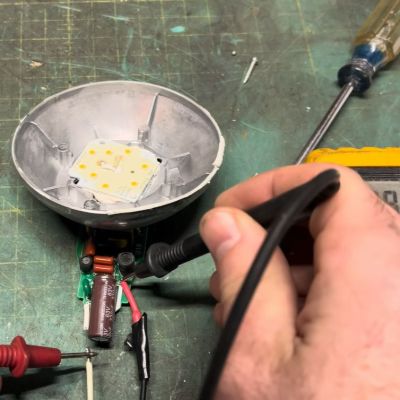If you’re looking for a hackerspace while on your travels, there is more than one website which shows them on a map, and even tells you whether or not they are open. This last feature is powered by SpaceAPI, a standard way for hackerspaces to publish information about themselves, including whether or not they are closed.
Given such a trove of data then it’s hardly surprising that [S3lph] would use it to create a gigantic map of central Europe with lights in the appropriate places (German language, Google Translate link) to show the spaces and their status.
The lights are a set of addressable LEDs and the brain is an ESP32, making this an accessible project for most hackers with the time to assemble it. Unsurprisingly then it’s not the first such map we’ve seen, though it’s considerably more ambitious than the last one. Meanwhile if your hackerspace doesn’t have SpaceAPI yet or you’re simply curious about the whole thing, we took a look at it back in 2021.
Thanks [Dave] for the tip.



















